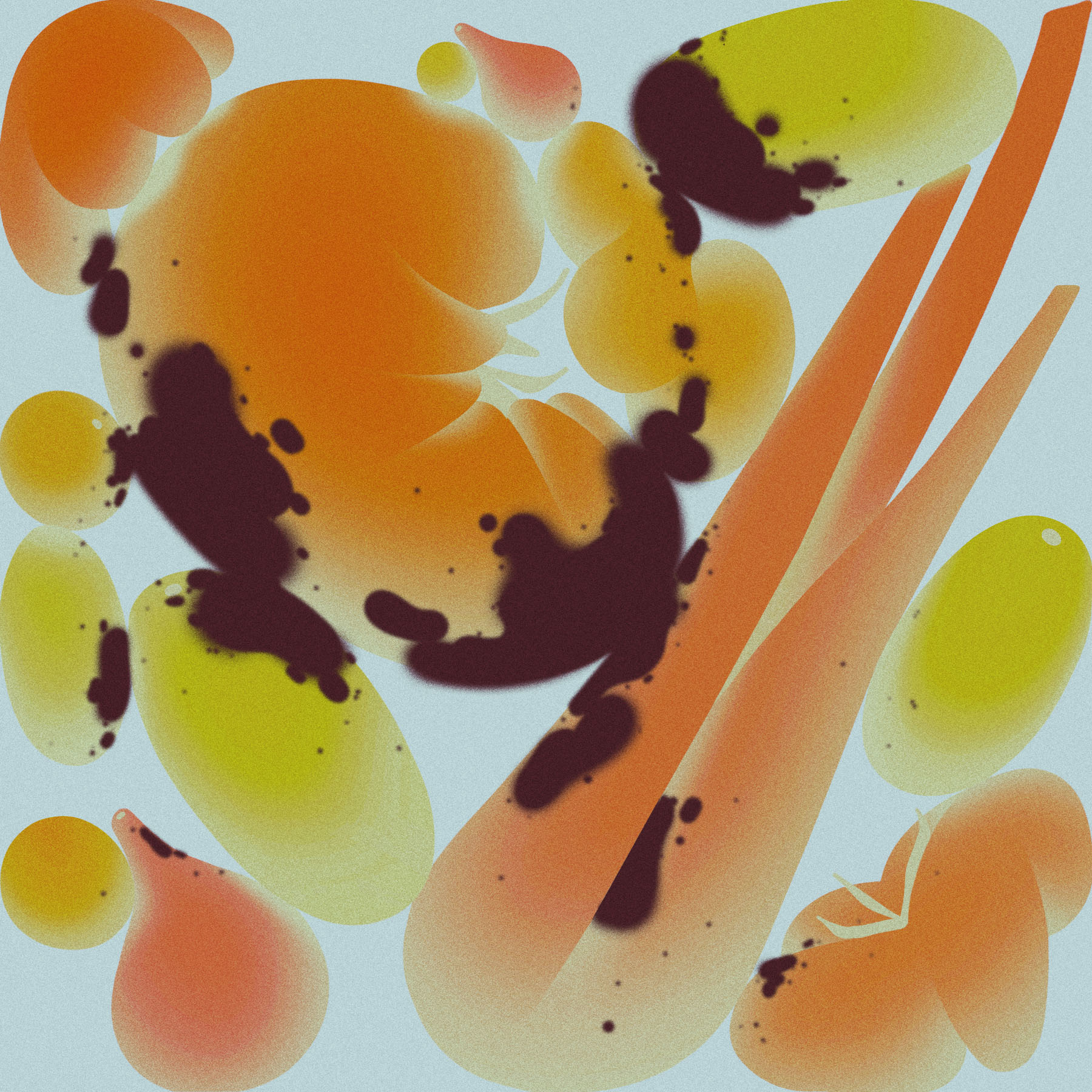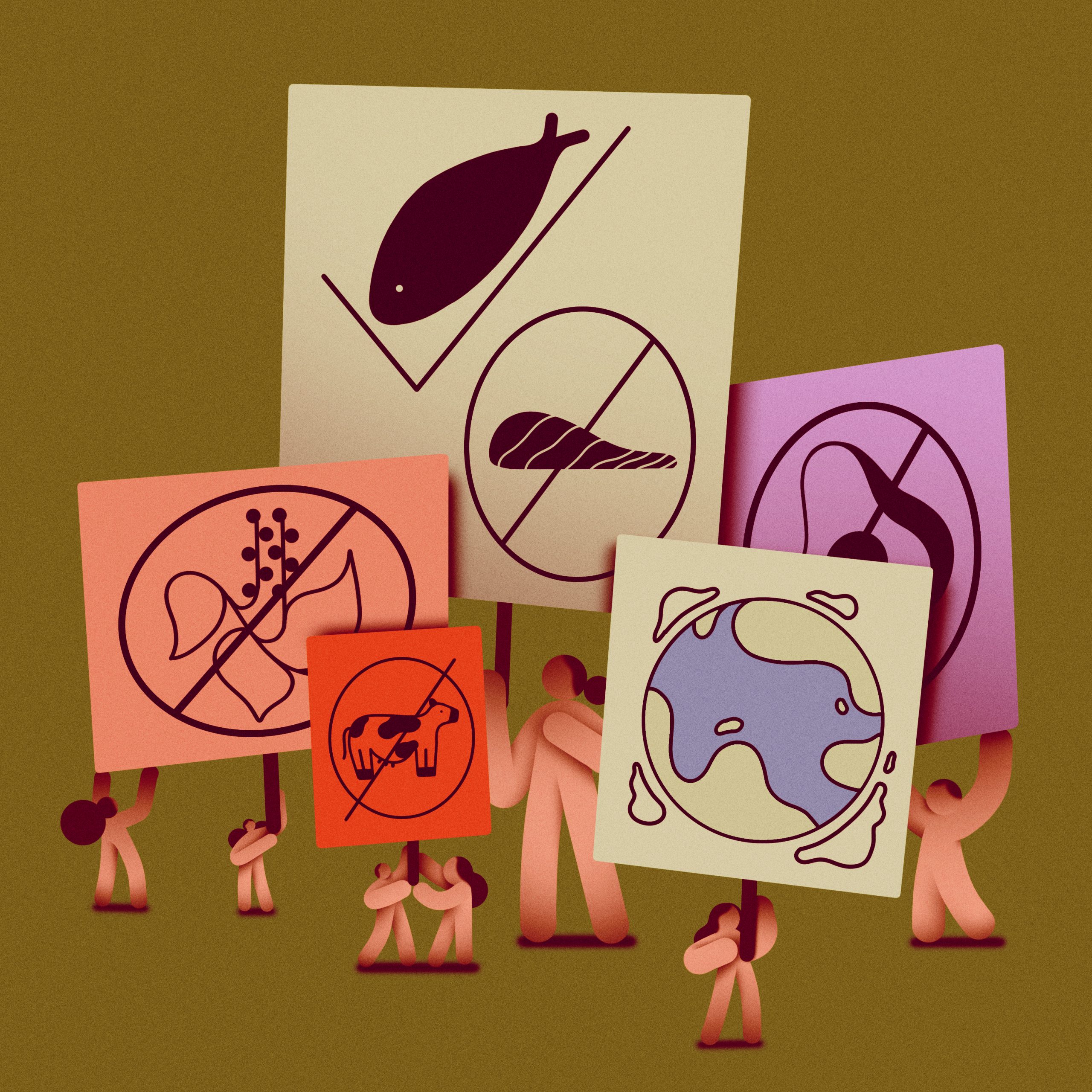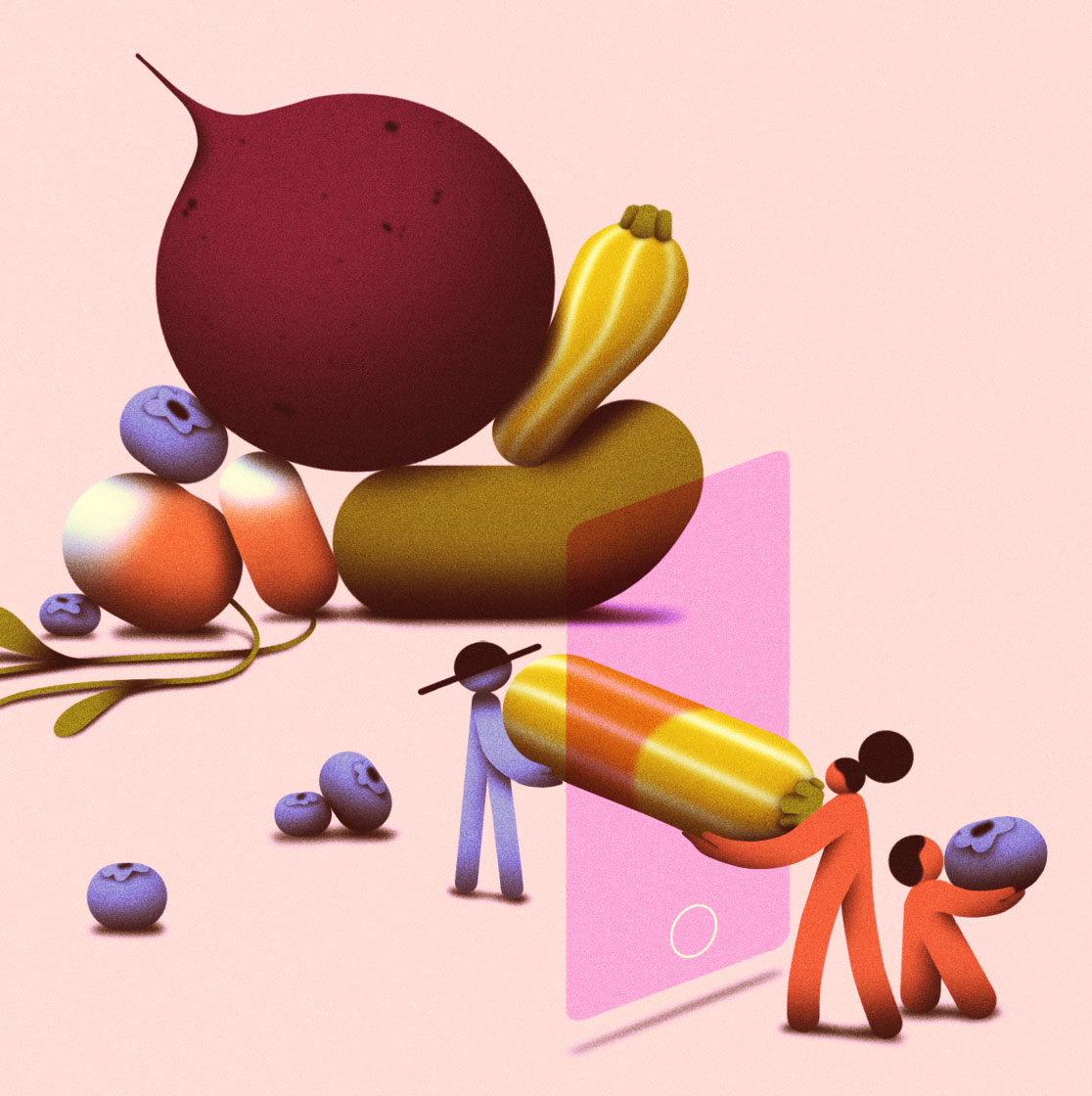At some point during lockdown, once banana breads were made and sourdough starters were fed , it left us thinking what next? What to do with this glut of bread? What to do with a new found love of sausage-making, marmalade-jarring and cake-baking? In some microcosms, a culture of sharing, or even a barter society emerged. Whether trading said marmalade for sausages (which went on to become marmalade sausages I might add), or swapping puzzles for entertainment, new self-sufficient, perhaps unintentionally anti-capitalist degrowth models emerged for systems of sharing, caring, and generosity. As food scarcity will continue to increase over the next decades, how does it continue, how does it scale, how does it reach those who need it most?
MOTHER NATURE IS THE FIRST TO SHARE FOOD WITH US – WE MUST PAY IT FORWARD IN RECIPROCITY
Sharing begins with Mother Nature, whose synthesis of sunlight and growth feeds ecosystems and humans that inhabit our planet. As Robin Wall Kimmerer points out in her book Braiding Sweetgrass, we must model Mother Nature’s sharing with us, and pay it forward in reciprocity. Even in the animal kingdom, chimpanzees and others share food: it is an innate and instinctive way to form bonds, with or without words. How can we pay forward these models of sharing and reciprocity at local and global levels?
The Korean practice of Kimjang works in tandem with Mother Nature to create kimchi as a knowledge-sharing and food-sharing process. In spring, the shrimps and anchovies are collected for fermentation; in summer sea salt is procured; in late summer the peppers are dried and ground. In autumn, the elders of the group choose a date with ideal temperature and humidity for fermentation to hold kimjang, again in tandem with Mother Nature. At this moment communities share knowledge by making kimchi together, and distribute it so all families have some to make it through the winter. This is an ideal and holistic process, but what about sharing with those beyond our immediate communities?
In spite of the grocery store hoarding that was triggered by the advent of the pandemic, altruistic activities were and continue to take place. The need for increased volunteering at food banks and community food centers grew, and individuals across the globe stepped up to the challenge. It seemed that many were responding to an innate understanding that if we don’t share, we don’t survive. With food scarcity on the horizon for 2050, how will we cultivate scaled-up sharing in the future, a time when food production needs to have doubled to feed the new population? This led me to consider the Sikh langar – a community kitchen which provides meals for thousands at a time, for those in need of nourishment regardless of caste, religion, gender or economic status. These free, vegetarian meals are a service to communities run by Sikh volunteers across the globe. At the Golden Temple in Delhi, 50,000 meals can be served in a day. Daal, roti, and various curries are served out on stainless steel plates, and entails a highly coordinated rota of cooking, serving, washing, and serving again as masses come to share food together. Even during the pandemic, Sikh communities across the world have continued to provide meals to millions of people in need during a time of especially precarious food poverty. This impressively-scaled practice breeds the larger idea of unity (or sewa) that is created by preparing, sharing and providing for those in need.
SOCIAL NETWORKS ARE SHARING NETWORKS
In remote areas such as islands or arctic environments, social networks are sharing networks. Although times of excess are known to breed moments of sharing, it is scarcity where sharing shines through. In the Shetland Islands, for example (off the north coast of Scotland), fish, shellfish, sheep and mutton are shared amongst families as ensured sustenance over periods of less abundance. Rather than framing these scenarios as a time of dire need, the act of sharing is celebrated. Reestit (salted & smoked mutton) soup with tatties (potatoes) is consumed to mark these moments of exchange, especially during the New Year in the midst of hard winters. The same goes for indigenous Inuit communities in arctic territories, where food harvested, hunted and gathered in the wild is essential to share for survival.
Sharing is intrinsic to human survival, both on a community level and on a global scale. What these communities embody is a considered relationship and response to the food that is available and how it can be used for the collective good of all rather than just the individual. They envisage together how they can feed their community, rather than just themselves. These models allow for a chance to reflect on how we can address food insecurity in a globalized, urbanized world.
Though sharing in remote locations emerges from scarcity, our immediate need to share food today comes from food waste that has not been properly distributed in the first place. Now, it is global excess that needs to shift its sharing and distribution models to fill these gaps of food scarcity across the globe. Though there are many new apps facilitating this, on a practical level outside of the digital space, food sharing fridges in Germany have led to positive directions in communal sharing, as featured in MOLD’s waste issue. On the ground, The Felix Project in London collects surplus food that is distributed to schools and charities who can then turn it into nutrition for those in need. Though in urban areas this is more challenging: first to find a way to reach the food insecure, and second to establish accessible sharing systems to help them. How can we provide culturally relevant food for these communities in a sustainable and responsible way? The Granville Community Kitchen in London is one such organization who caters to the cultural tastebuds of the communities it serves. Led by the stalwart Dee Woods, not only does the Kitchen cook foods recognizable to those who need it, but they also facilitate a space for learning about sustainable food practices and nourishment on accessible terms.
As food inequality, distribution and embedded systems continue to be challenged in the next decades, we should revisit the folktale about Stone Soup. The well-known European story shows that when we all give a little bit, we all benefit – and our global community is going to need to come together to make Stone Soup for the whole world to come.







